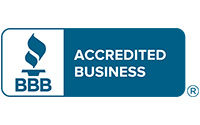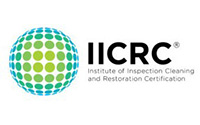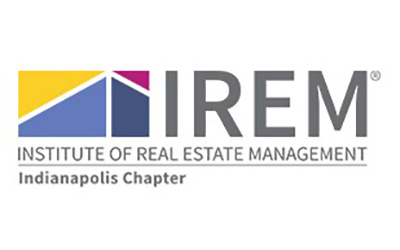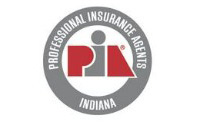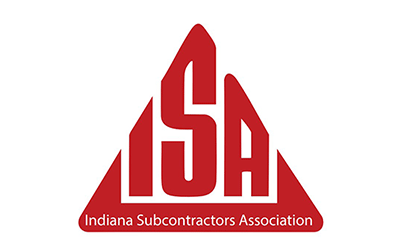Can a small patch of mold on your wall really harm your health? Mold is more than just a nuisance; it can cause serious health problems. Knowing when mold is toxic and what safe levels are is key to a healthy home.
Key Takeaways
- Normal mold spore counts in a room typically range from 200 to 500 spores.
- Safe mold levels are usually within the range of 0 to 1,500 spores if no visible mold colonies or water damage are present.
- Toxic mold species like Stachybotrys and Memnoniella can be harmful at lower spore counts.
- Spore counts above 1,500 spores may require remediation, especially if accompanied by water intrusion.
- The Centers for Disease Control and Prevention (CDC) states that any amount of mold inside a building can be dangerous.
Understanding Mold Toxicity and Health Risks
Mold exposure, especially from toxic species like Stachybotrys chartarum (commonly known as black mold), may cause significant health problems. It’s important to understand mold toxicity to avoid health risks from black mold and other mold types. This fungus grows on materials high in cellulose, found in damp or water-damaged areas like basements and showers.
The health risks of mold exposure vary among individuals. Black mold is not inherently more dangerous than other mold types. But those with allergies or respiratory conditions, and individuals with compromised immune systems, are more at risk. Toxic mold symptoms can appear right away or over time, depending on how sensitive someone is.
People with mold allergies may show symptoms right away. Their bodies react by producing antibodies that trigger histamine release. This can lead to symptoms like a stuffy nose, coughing, wheezing, or skin rashes.
Infants, children, the elderly, and those with weakened immune systems are especially vulnerable to mold-related illnesses. These can range from mild respiratory issues to severe conditions like hypersensitivity pneumonitis.
The Centers for Disease Control and Prevention (CDC) advises taking action quickly when mold is found. This includes keeping humidity low indoors, fixing leaks, and addressing moisture problems. The Institute of Medicine (IOM) and the World Health Organization (WHO) also stress the importance of controlling mold exposure to reduce health risks.
Preventive measures are key to stopping mold growth and toxicity. Using dehumidifiers in damp spaces and ensuring proper ventilation in areas like bathrooms and kitchens helps. Fixing leaks in roofs, walls, or pipes is also crucial. Using mold-resistant paint and keeping humidity levels below 50% can prevent mold regrowth, reducing health risks.
Proper mold remediation and prevention are vital for a safe living environment, especially for those most at risk. Learning about mold toxicity and taking proactive steps can greatly reduce health risks from mold in homes and buildings.
What Level of Mold is Toxic?
To find out if mold is toxic, we need to look at the type and how many spores are around. If there are more than 500 spores per cubic meter, it’s time to call a pro. This is because high levels of mold can be harmful.
Some molds, like Stachybotrys chartarum, can be toxic even at low amounts. Other molds, like Nigrospora and Cladosporium, might not be toxic but can still make allergies and asthma worse.
It’s important to compare indoor mold levels to outdoor ones. Molds like Aspergillus and Chaetomium can be very dangerous, especially for people with weak immune systems. Molds like Geotrichum and Trichoderma can cause serious health problems, like tuberculosis and liver infections.
So, it’s key to check for mold regularly and get expert help. This way, we can keep our air clean and avoid health problems caused by mold.
Conclusion
Knowing about mold toxicity guidelines and safe mold levels is key for a healthy home. Mold spores are usually safe at under 1,500 per cubic meter. But, this number can change based on the mold type and other factors like water damage.
To keep indoor air quality safe, it’s important to watch humidity levels and fix water damage fast. Also, getting help from mold remediation experts when needed is crucial.
Mold is a big health risk, especially for people with breathing problems. Studies show mold can lead to wheezing, coughing, and asthma. For instance, Penicillium/Aspergillus can cause health issues, and Cladosporium is linked to allergies and asthma.
Stachybotrys, or black mold, is especially bad for the lungs and brain. Knowing this helps us prevent mold problems.
About 70% of homes in the U.S. have mold. So, getting professional mold tests is a must. These tests check for mold types and how bad the problem is.
Tests help figure out how to fix the mold issue. By being aware and acting fast, we can lower health risks and keep our homes safer.

















